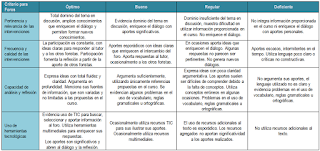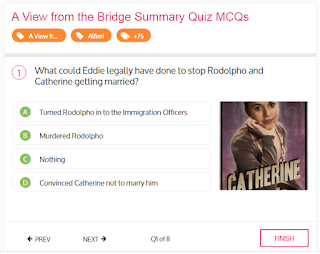La planificación de las TAC (para una definición del acrónimo TAC, siga este
enlace) es un factor clave de éxito en las instituciones educativas. Define el desarrollo de las competencias digitales y, si el nivel de integración en el currículo es elevado, redefine procesos de enseñanza y aprendizaje. Es un marco de referencia conceptual, que propone una forma de entender cómo formar alumnos para un futuro altamente tecnificado y mediado por dispositivos digitales. Al tiempo que, como instrumento de gestión, el plan TAC orienta los procesos de decisiones relacionados con campos como el pedagógico, infraestructura técnica, formación profesional docente, entre tantos otros. A la luz de estas ideas, es evidente la naturaleza transversal de sus definiciones.
El éxito de un plan estratégico con fuerte énfasis en TAC, depende de varios factores: requiere de un impulso político firme y constante por parte de los equipos directivos (dirección de nivel educativo y alta dirección o CD); son necesarios recursos técnicos, humanos y económicos; involucra a todos los integrantes de la comunidad educativa; ayuda a definir los perfiles de alumnos egresados y docentes activos en la institución; debe producir resultados visibles en un tiempo relativamente corto.
¿Cuál es la situación actual y cuál la deseada? ¿Cómo haremos realidad un proceso de innovación? ¿Cuánto tiempo y recursos serán necesarios? Son algunas de las preguntas que responde un plan TAC.
Es un instrumento de gobierno de las tecnologías que se aplican en el centro educativo. Como tal, debe contener objetivos pedagógicos y técnicos claros, expresados de forma coherente en relación a otros elementos que definen la identidad del centro, como por ejemplo el ideario, la misión y visión, etc. Debe ser correctamente contextualizado, con lo que el diagnóstico previo de tipo FODA no puede ser obviado. Si bien describe una situación ideal a la que es deseable llegar, las propuestas deben ser realistas y flexibles, en tanto será necesario revisarlas periódicamente para evitar un excesivo grado de obsolescencia. Afectará la vida de quienes estudian y trabajan en el centro educativo, sería recomendable que su creación sea consensuada y del consenso surja un grupo de trabajo que asuma la responsabilidad de hacer realidad sus postulados.
Propuesta para estructurar un diagnóstico
En este artículo les presento una adaptación original del NCTE (National Center of Technology in Education) Consta de tres niveles de madurez en el gobierno de las TAC y algunos descriptores que pueden ser utilizados para formar una primera imagen del centro educativo. La aplicación del instrumento de relevamiento debe ser contextualizada, por lo que no se recomienda una aplicación directa, sino el estudio del mismo con el fin de extraer sus principales conceptos. Propone también diferentes campos de análisis: gestión y planificación, desarrollo curricular con TAC, desarrollo profesional del docente, organización del centro educativo, recursos e infraestructura técnica, y finalmente inclusión digital. Cada uno de los descriptores implica un juicio subjetivo, entonces será necesario definir un muestreo del universo institucional. Un trabajo más detallado podría proponer una estimación numérica con indicadores de gestión adecuados.
Gestión y planificación
Desarrollo curricular
Desarrollo profesional del docente
Organización del centro educativo
Recursos e infraestructura técnica
Inclusión digital































































